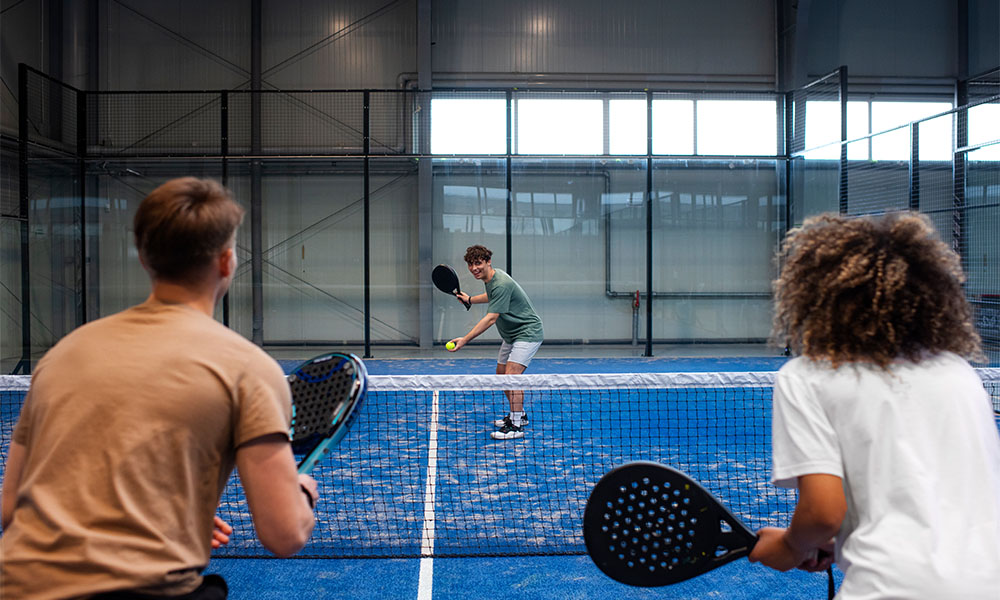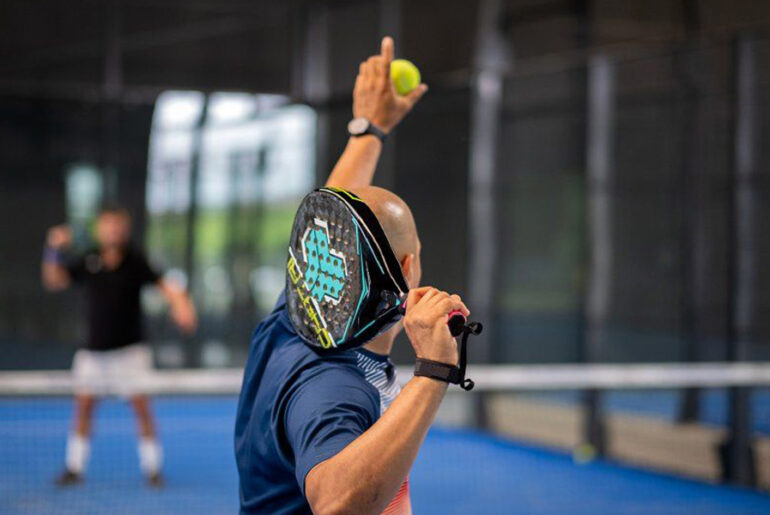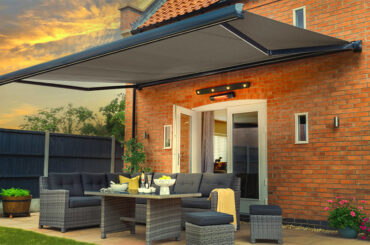NLPadel has revolutionized the Dutch sporting landscape, transforming padel from a niche activity to a mainstream phenomenon that attracts thousands of new players each month. The Netherlands padel scene offers incredible opportunities for beginners to learn, compete, and connect with fellow enthusiasts through modern platforms and traditional club settings.
Understanding the Dutch Padel Landscape
The Netherlands has embraced padel with remarkable enthusiasm, creating a unique playing environment that combines traditional European techniques with innovative technology. Dutch courts feature high-quality surfaces and consistent playing conditions that make learning easier for newcomers.
Most Dutch padel facilities operate year-round, offering both indoor and outdoor courts to accommodate the country’s variable weather patterns. Indoor courts dominate during winter months, while outdoor facilities become the preferred choice during pleasant spring and summer conditions. These NLPadel-connected venues often provide the most up-to-date booking systems and player matching services.
The Dutch approach to padel emphasizes proper technique development from the beginning, ensuring new players build solid foundations rather than developing bad habits that require correction later.
Mastering Basic Court Positioning
The Fundamental Ready Position
New players should focus on maintaining a balanced stance with feet shoulder-width apart and knees slightly bent. Your weight should rest on the balls of your feet, allowing quick movement in any direction. Keep your paddle held with both hands at chest level, ready to react to incoming shots.
Position yourself approximately two meters from the net when playing at the front of the court. This distance provides optimal coverage for volleys while maintaining enough space to retreat for defensive shots.
Understanding Court Zones
The Dutch coaching philosophy divides the padel court into three distinct zones: attack, transition, and defense. The attack zone extends from the net to the service line, where aggressive volleys and smashes dominate play. The transition zone occupies the middle court area, requiring quick decision-making and adaptability.
The defensive zone covers the back third of the court, where patience and strategic shot placement become crucial. New players should practice moving between these zones smoothly, maintaining proper positioning relative to their partner.
Essential Equipment Selection
Choosing Your First Paddle
Dutch padel shops offer extensive paddle selections, but beginners should prioritize control over power. Look for paddles with larger sweet spots and softer materials that provide better feel and forgiveness on off-center hits.
Weight plays a crucial role in paddle selection. Most beginners benefit from lighter paddles (350-370 grams) that allow faster swing speeds and reduced fatigue during longer playing sessions. Avoid extremely light paddles that sacrifice stability and control.
Proper Footwear Requirements
Dutch courts predominantly feature artificial turf surfaces that require specific shoe designs for optimal performance and safety. Choose shoes with small, dense studs or specialized padel soles that provide excellent grip without damaging court surfaces.
Lateral support becomes critical due to padel’s frequent side-to-side movements. Look for shoes with reinforced sides and ankle support to prevent injuries during quick directional changes.
Shot Technique Fundamentals
The Dutch Serve Approach
Dutch players emphasize consistency and placement over power when serving. Start with an underhand serve, keeping the ball low and targeting your opponent’s backhand side. The serve must bounce once on your side before crossing the net, then bounce once on the opponent’s side.

Practice serving to different areas of the service box, developing accuracy before attempting more advanced techniques like slice or kick serves. Consistent serving provides a solid foundation for winning points.
Volley Technique Development
Volleys form the backbone of successful padel play, requiring precise timing and positioning. Keep your paddle face slightly open when executing volleys, allowing the ball to deflect downward into your opponent’s court.
Focus on compact swing patterns that emphasize control rather than power. Quick wrist action and proper body positioning generate more effective volleys than large, sweeping motions that create timing difficulties.
Wall Play Mastery
The walls represent padel’s unique element, transforming defensive situations into offensive opportunities. When balls approach the back wall, position yourself parallel to the wall rather than facing it directly. This positioning allows natural swing patterns and better ball control.
Practice reading ball trajectories off walls during training sessions. Understanding how different spins and angles affect wall bounces improves your defensive capabilities and creates counterattack possibilities.
Strategic Playing Concepts
Partnership Coordination
Successful padel requires seamless teamwork between partners. Maintain constant communication during points, calling shots and alerting your partner to potential opportunities or threats.
Develop complementary playing styles with your regular partner. If one player prefers aggressive net play, the other should focus on solid defensive skills and strategic shot placement from the baseline.
Point Construction Techniques
Dutch padel emphasizes building points through patient shot selection rather than attempting winners on every opportunity. Start points with safe, controlled shots that allow you to assess your opponents’ positioning and weaknesses.
Look for opportunities to move your opponents laterally across the court, creating gaps for placement shots or forcing weaker returns that can be attacked aggressively.
Finding Playing Opportunities
Local Club Integration
Most Dutch cities feature multiple padel clubs that welcome new members and provide structured learning environments. Many clubs offer beginner-friendly group lessons and social playing sessions designed specifically for skill development.
Research local club offerings before committing to membership. Some facilities focus on competitive play, while others emphasize recreational enjoyment and social interaction.
Online Platform Utilization
Modern NLPadel booking platforms streamline court reservations and partner finding throughout the Netherlands. These digital tools connect players of similar skill levels and facilitate regular playing schedules that accelerate improvement.
Create detailed profiles highlighting your skill level and playing preferences to attract compatible partners and opponents who share similar goals and availability.
Conclusion
New padel players need patience, proper technique, and consistent practice. The Netherlands provides excellent facilities and coaching through NLPadel platforms and traditional clubs that accelerate skill development.
Master fundamental techniques before attempting advanced strategies. Build partnerships with committed players and enjoy the unique blend of strategy, athleticism, and social interaction that makes padel rewarding. The Dutch padel community welcomes beginners, offering supportive environments for skill development and lasting friendships. Start your journey today and discover why padel has captured hearts throughout the Netherlands.






